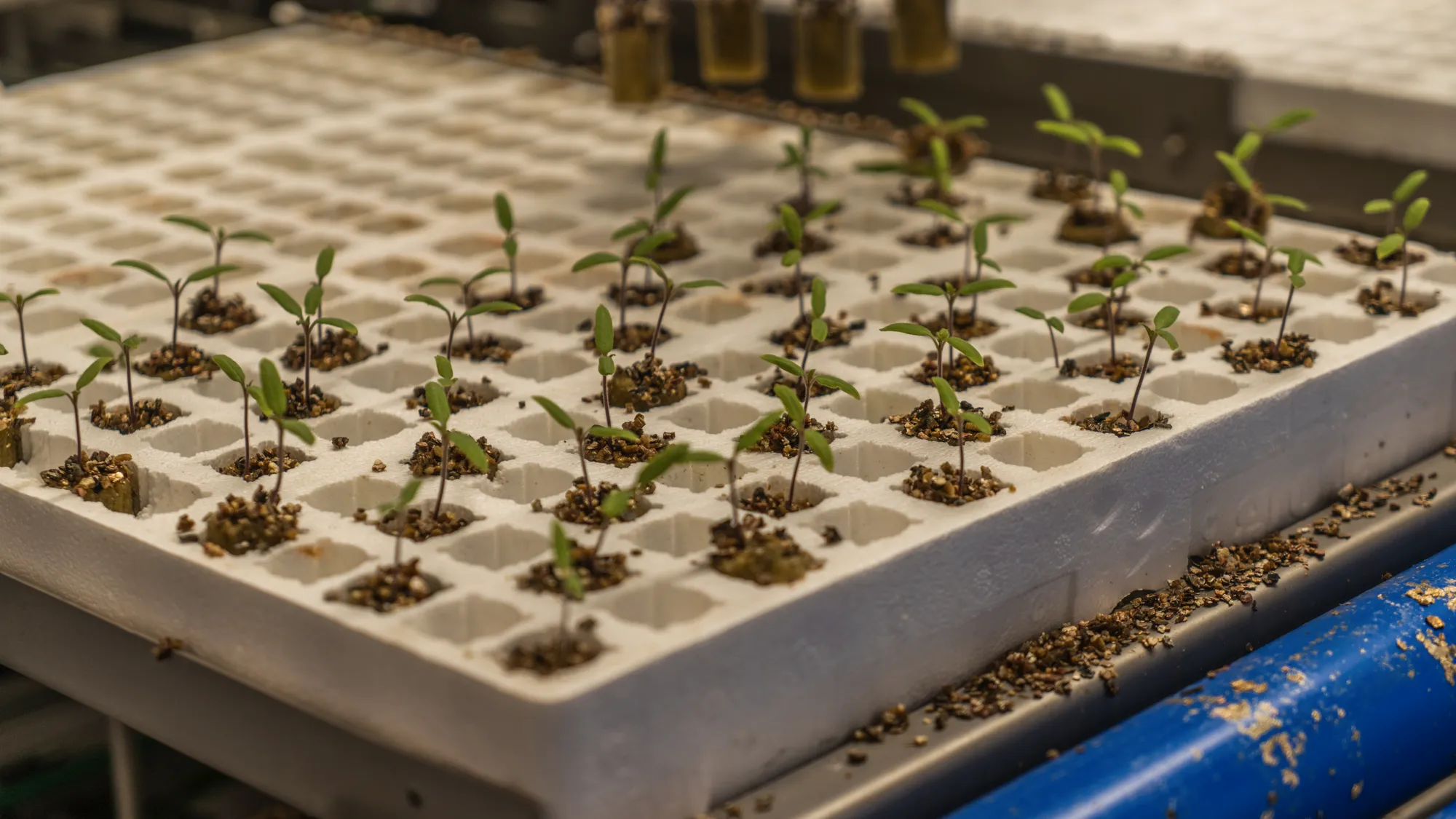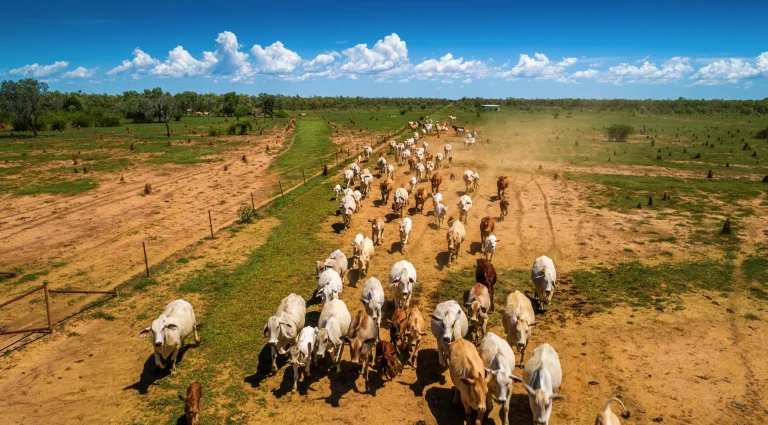Understanding the Role of Soil Quality in Land Valuation
When evaluating agricultural property investments, soil quality emerges as one of the most fundamental factors determining long-term value and productivity potential. Understanding the role of soil quality in land valuation requires examining multiple interconnected elements that directly impact agricultural profitability, sustainability, and market desirability. At Agribusiness Horizons, we recognize that soil assessment forms the cornerstone of accurate agricultural property valuation, and our expertise in this area helps clients make informed decisions about their rural property investments. Whether you’re considering purchasing farmland or preparing to sell agricultural assets, we encourage you to contact our team for comprehensive soil quality analysis and professional valuation services.
Agricultural property buyers and sellers increasingly recognize that soil quality assessment extends far beyond simple fertility testing. Modern soil evaluation encompasses physical characteristics, chemical composition, biological activity, and long-term sustainability metrics that collectively determine a property’s productive capacity and market value. This comprehensive approach to soil analysis provides the foundation for accurate land valuation and informed investment decisions.
Historical Context of Soil Quality Assessment
The relationship between soil quality and agricultural land value has evolved significantly over the past century. Early agricultural valuations focused primarily on topsoil depth and basic fertility indicators, often overlooking critical factors such as soil structure, water-holding capacity, and microbial activity. Traditional assessment methods relied heavily on visual inspection and basic chemical testing, providing limited insight into long-term productivity potential.
Modern soil science has transformed our understanding of soil quality assessment, introducing sophisticated testing methods that evaluate multiple soil health indicators simultaneously. Advanced laboratory techniques now measure soil organic matter, aggregate stability, nutrient cycling capacity, and biological diversity, providing a comprehensive picture of soil health and productivity potential. These developments have fundamentally changed how agricultural properties are valued and marketed.
The integration of precision agriculture technologies has further enhanced soil quality assessment capabilities. GPS-guided soil sampling, variable-rate application systems, and remote sensing technologies enable detailed mapping of soil characteristics across entire properties. This technological advancement allows for more accurate valuation of agricultural land based on precise soil quality data rather than generalized assumptions.
Physical Soil Properties and Valuation Impact
Soil texture represents one of the most significant physical characteristics affecting agricultural land value. The proportion of sand, silt, and clay particles determines water infiltration rates, nutrient retention capacity, and workability characteristics that directly impact crop production potential. Sandy soils typically offer excellent drainage and early season workability but may require more frequent irrigation and fertilization, affecting operational costs and overall property value.
Clay-rich soils provide superior nutrient retention and water-holding capacity but may present challenges with drainage and field access during wet conditions. The ideal agricultural soil combines balanced texture with good structure, providing optimal conditions for root development, water management, and nutrient availability. Properties with well-balanced soil textures command premium prices in agricultural markets due to their versatility and productivity potential.
Soil depth and profile development significantly influence agricultural land valuation by determining root zone capacity and water storage potential. Deep, well-developed soils with distinct horizons typically support higher crop yields and provide greater resilience during drought conditions. Shallow soils or those with restrictive layers may limit crop selection and reduce overall productivity, directly impacting property value and market appeal.
Drainage characteristics play a crucial role in determining soil quality and agricultural land value. Well-drained soils allow for timely field operations, reduce disease pressure, and support optimal root development. Properties with natural drainage advantages or established drainage systems command higher values due to their operational flexibility and reduced risk of crop losses from waterlogging.
Chemical Soil Properties and Agricultural Value
Soil pH levels significantly impact nutrient availability and crop production potential, making pH assessment essential for accurate land valuation. Most agricultural crops perform optimally within specific pH ranges, and soils outside these ranges may require ongoing amendment costs that affect property profitability. Properties with naturally optimal pH levels for target crops typically command higher values due to reduced input requirements and enhanced productivity potential.
Nutrient content and availability directly influence agricultural productivity and operational costs, making comprehensive soil testing essential for accurate valuation. Soils with high natural fertility levels require fewer external inputs, reducing operational costs and improving profit margins. Properties with documented soil fertility advantages often command premium prices due to their lower input requirements and higher yield potential.
Soil organic matter content serves as a key indicator of soil health and productivity potential. High organic matter levels improve soil structure, water-holding capacity, nutrient retention, and biological activity. Properties with soils containing elevated organic matter levels typically demonstrate superior productivity and resilience, making them more attractive to agricultural investors and commanding higher market values.
Salinity and sodicity levels can significantly impact agricultural land value by limiting crop selection and reducing productivity potential. Soils with high salt content or sodium levels may require costly remediation efforts or restrict land use to salt-tolerant crops. Properties with documented salinity issues typically sell at discounted prices, reflecting the additional costs and limitations associated with these conditions.
Biological Soil Health Indicators
Soil microbial activity represents a critical but often overlooked factor in agricultural land valuation. Healthy soil ecosystems support nutrient cycling, disease suppression, and improved plant health, contributing to sustained productivity and reduced input requirements. Properties with documented high biological activity levels often demonstrate superior long-term productivity and resilience, making them more attractive to sophisticated agricultural investors.
Soil biodiversity indicators, including earthworm populations, beneficial bacteria, and mycorrhizal fungi, provide valuable insights into soil health and productivity potential. These biological indicators often correlate with improved soil structure, enhanced nutrient availability, and increased crop resilience. Properties with healthy soil biological communities typically command premium prices due to their enhanced productivity and sustainability characteristics.
Soil respiration rates and enzyme activity levels offer quantitative measures of soil biological health that can significantly impact agricultural land valuation. Active soil biology contributes to improved nutrient cycling, organic matter decomposition, and plant health, reducing reliance on external inputs and improving overall profitability. Properties with documented high biological activity often appeal to buyers seeking sustainable agricultural investments.
Soil Quality Assessment Methods
Modern soil quality assessment employs multiple testing methodologies to provide comprehensive evaluation of agricultural land value. Laboratory analysis of soil samples provides detailed information about chemical composition, nutrient levels, and physical characteristics. Field testing methods, including penetrometer readings and infiltration tests, offer immediate insights into soil structure and drainage characteristics.
Remote sensing technologies, including satellite imagery and drone-based sensors, enable large-scale soil quality assessment across entire properties. These technologies can identify variations in soil characteristics, moisture levels, and organic matter content, providing valuable data for accurate land valuation. Properties with documented soil quality mapping often command higher values due to the detailed information available to potential buyers.
Soil quality monitoring programs that track changes over time provide valuable insights into land management effectiveness and long-term productivity trends. Properties with documented soil health improvements through sustainable management practices often command premium prices due to their demonstrated commitment to long-term productivity and environmental stewardship.
Comparison of Soil Quality Assessment Approaches
| Assessment Method | Accuracy Level | Cost Consideration | Time Requirement | Information Depth |
|---|---|---|---|---|
| Visual Field Inspection | Moderate | Low | Immediate | Surface indicators only |
| Laboratory Analysis | High | Moderate | Several days | Comprehensive chemical data |
| Remote Sensing | High | Moderate to High | Variable | Large-scale mapping |
| Biological Testing | High | High | Extended period | Ecosystem health indicators |
| Long-term Monitoring | Very High | High | Multiple seasons | Trend analysis |
Agribusiness Horizons’ Soil Quality Expertise
At Agribusiness Horizons, we understand that understanding the role of soil quality in land valuation requires sophisticated analysis and interpretation of complex soil data. Our team works with leading soil scientists and agronomists to provide comprehensive soil quality assessments that inform accurate property valuations. We recognize that soil quality represents the foundation of agricultural productivity and long-term land value appreciation.
Our valuation methodology incorporates detailed soil quality analysis, including physical, chemical, and biological assessments that provide a complete picture of agricultural productivity potential. We evaluate soil characteristics in the context of intended land use, local climate conditions, and market demands to provide accurate valuations that reflect true agricultural potential. This comprehensive approach ensures that our clients receive valuations based on thorough soil quality analysis rather than superficial assessments.
We assist clients in interpreting soil quality data and understanding its implications for agricultural operations and land value. Our expertise extends to recommending soil improvement strategies that can enhance property value and productivity potential. Whether you’re buying or selling agricultural property, our soil quality expertise provides the foundation for informed decision-making and optimal outcomes.
Future Trends in Soil Quality Assessment
Emerging technologies continue to advance soil quality assessment capabilities, with precision agriculture tools providing increasingly detailed soil mapping and analysis. Artificial intelligence and machine learning applications are beginning to interpret complex soil data sets, identifying patterns and relationships that enhance valuation accuracy. These technological advances will continue to improve our understanding of soil quality’s role in agricultural land valuation.
Carbon sequestration potential is becoming an increasingly important factor in soil quality assessment and agricultural land valuation. Soils with high carbon storage capacity may qualify for carbon credit programs, providing additional revenue streams that enhance property value. Properties with documented carbon sequestration potential are beginning to command premium prices as carbon markets develop and mature.
Sustainable soil management practices are gaining recognition as value-enhancing strategies that improve long-term productivity and environmental stewardship. Properties with documented sustainable management practices and improving soil health trends are increasingly attractive to environmentally conscious investors and may command premium prices in evolving agricultural markets.
Conclusion
Understanding the role of soil quality in land valuation requires comprehensive analysis of physical, chemical, and biological soil characteristics that determine agricultural productivity and long-term value potential. Modern soil assessment methods provide detailed insights into soil health and productivity that inform accurate property valuations and investment decisions. As agricultural markets continue to evolve, soil quality assessment becomes increasingly sophisticated and essential for accurate land valuation.
How might advances in soil biology research change our understanding of agricultural land value in the coming decade? What role will carbon sequestration potential play in future soil quality assessments and property valuations? How can property owners best document and enhance their soil quality to maximize land value appreciation?
Contact Agribusiness Horizons today to discuss your agricultural property needs and benefit from our comprehensive soil quality assessment expertise. Our team provides the specialized knowledge and analytical capabilities necessary to accurately evaluate soil quality’s impact on agricultural land value, ensuring you make informed decisions about your rural property investments.



